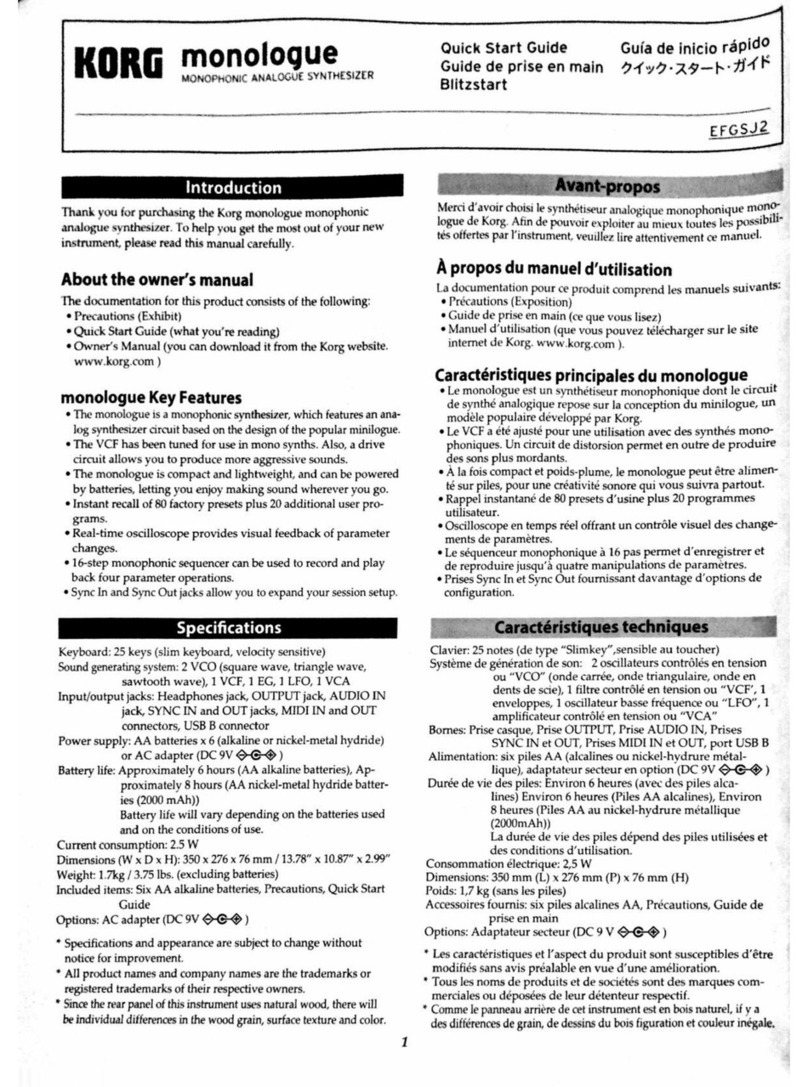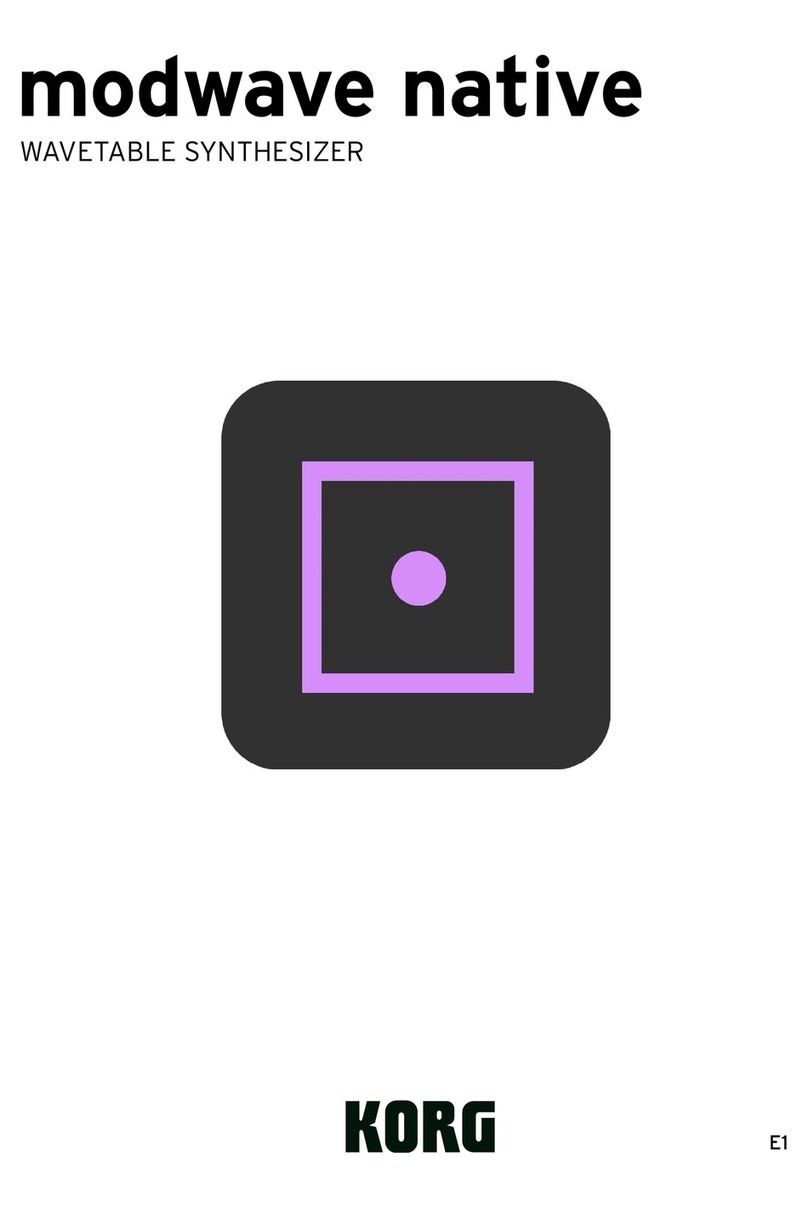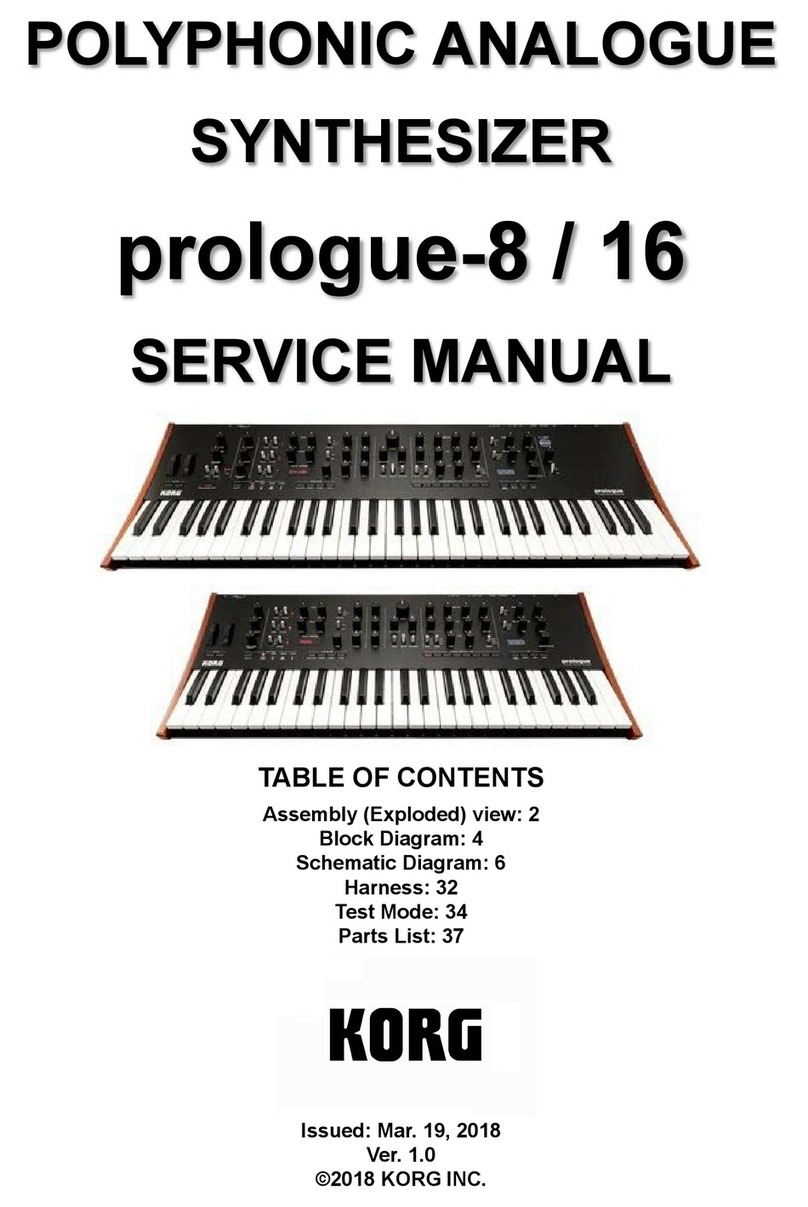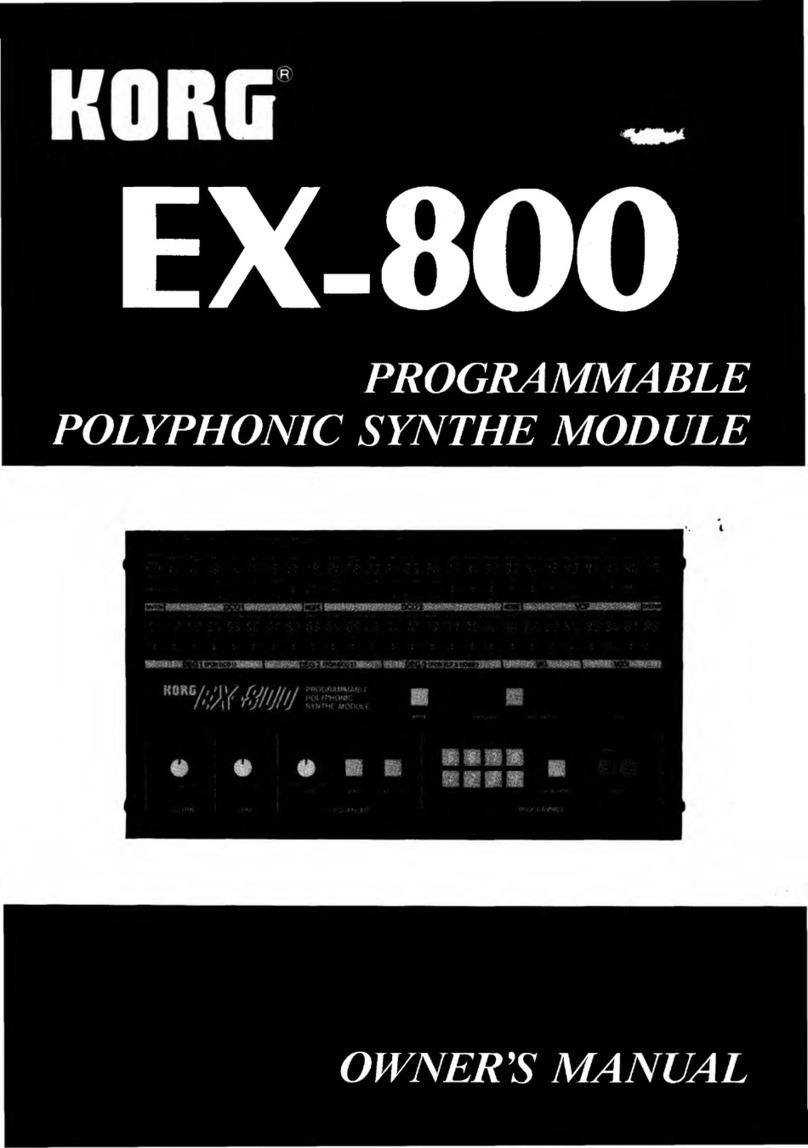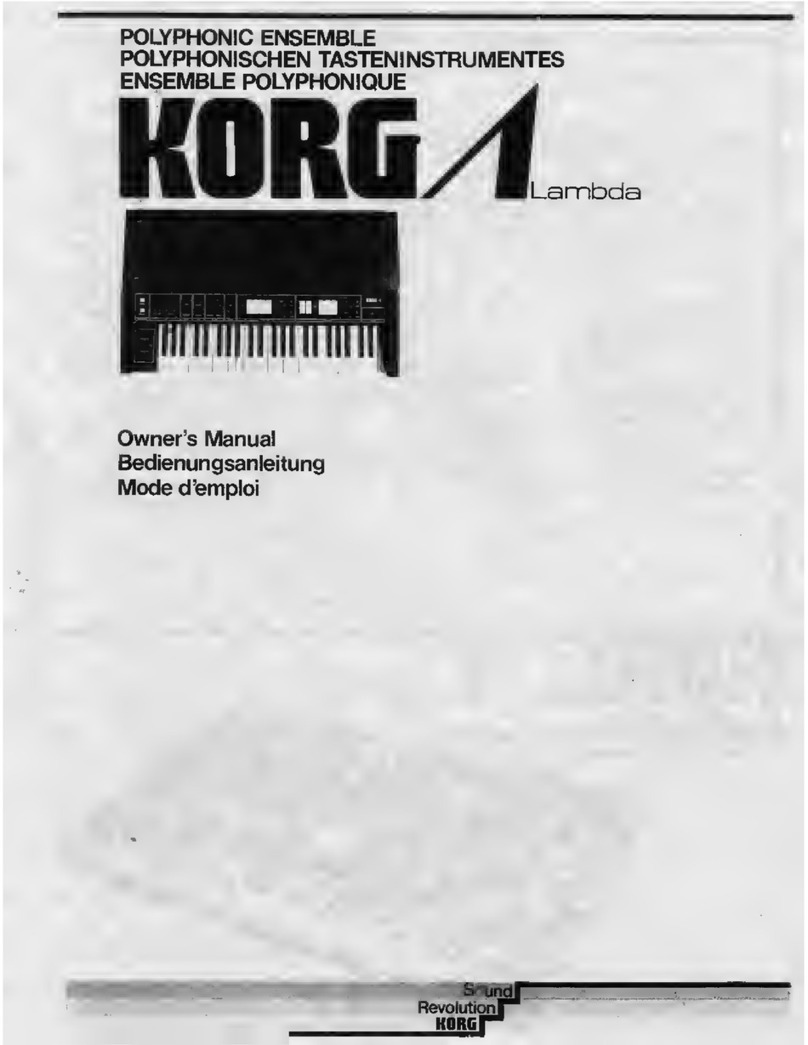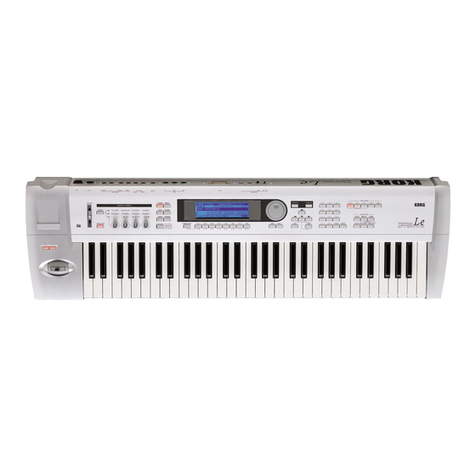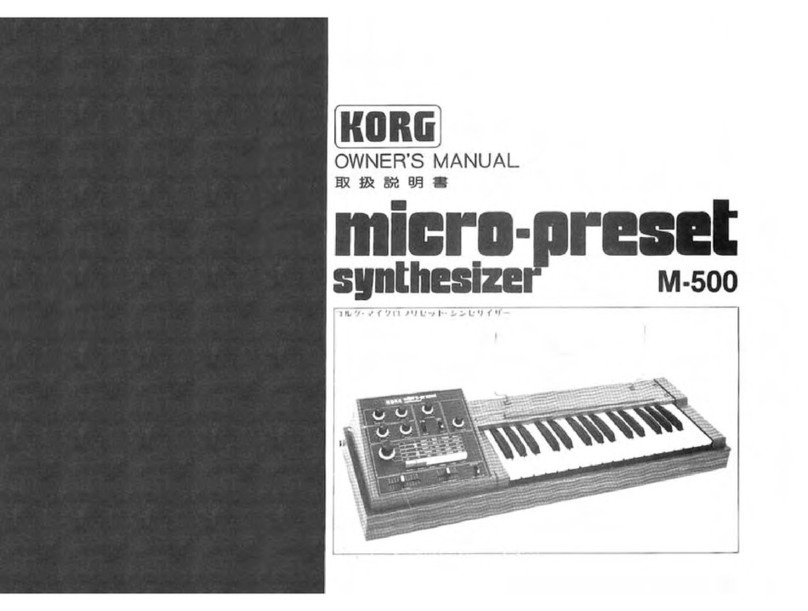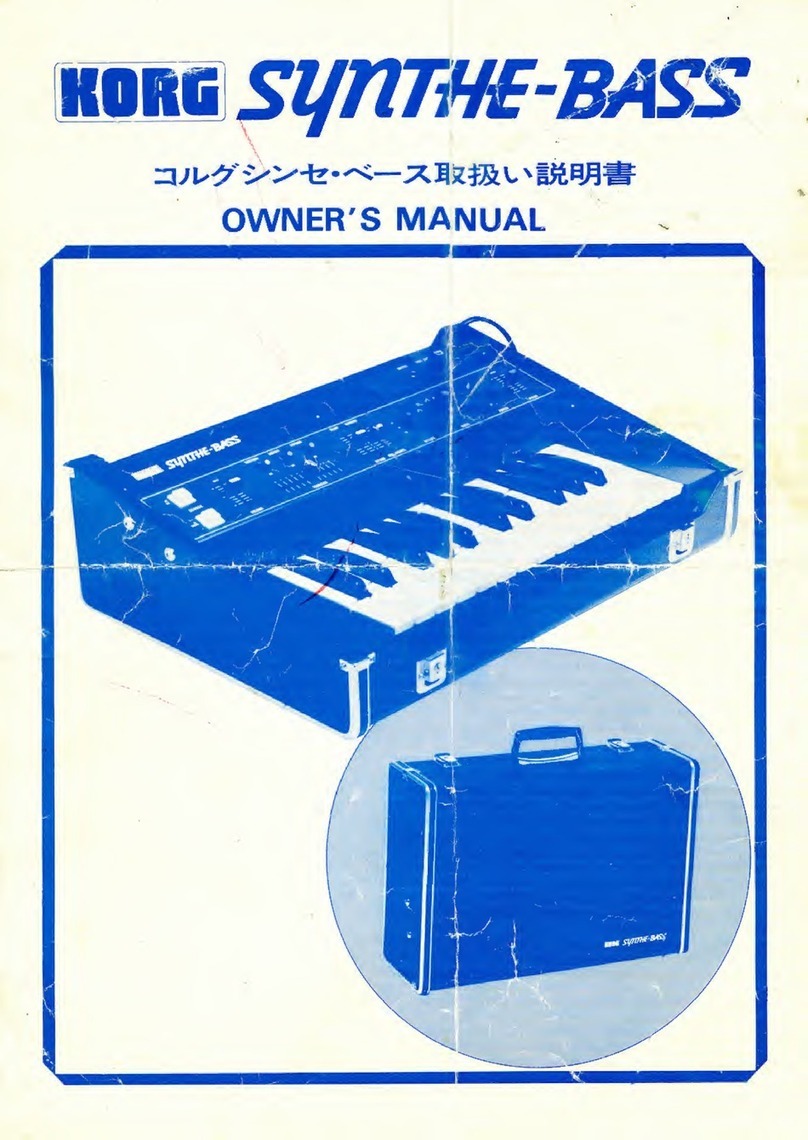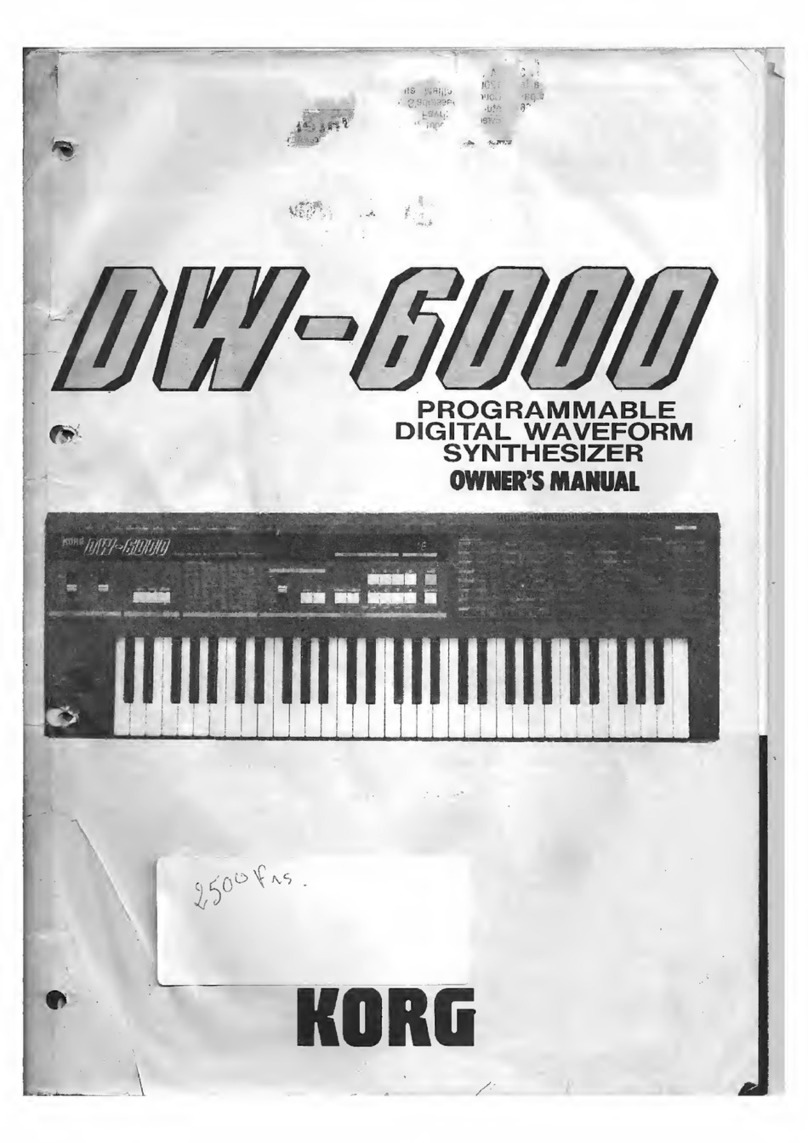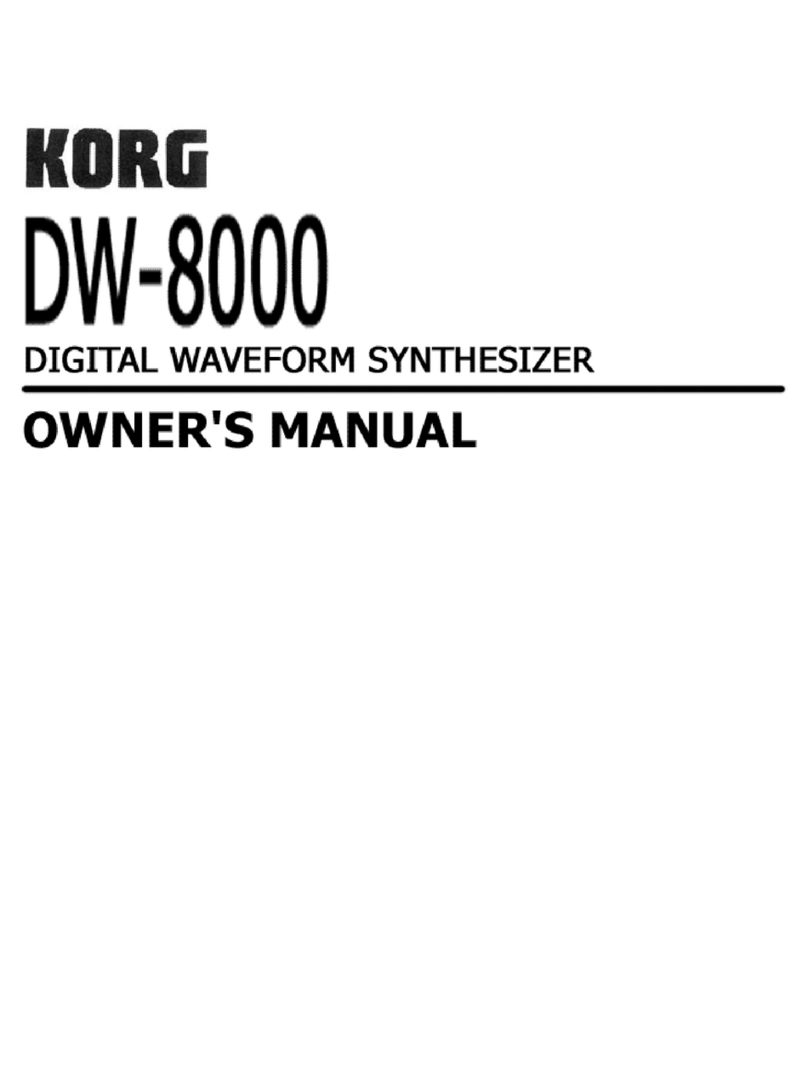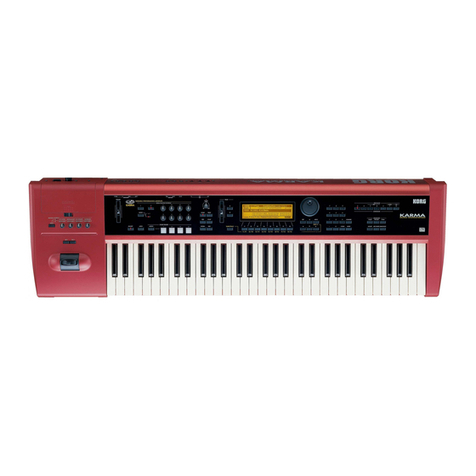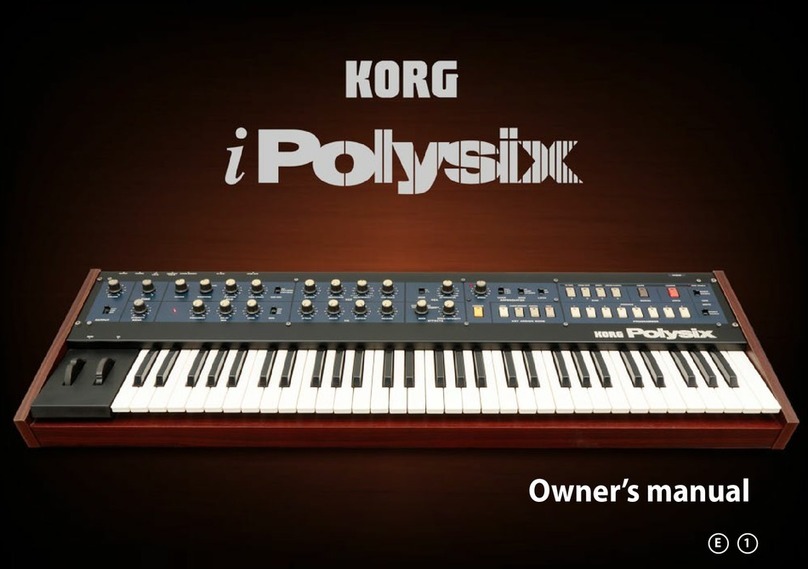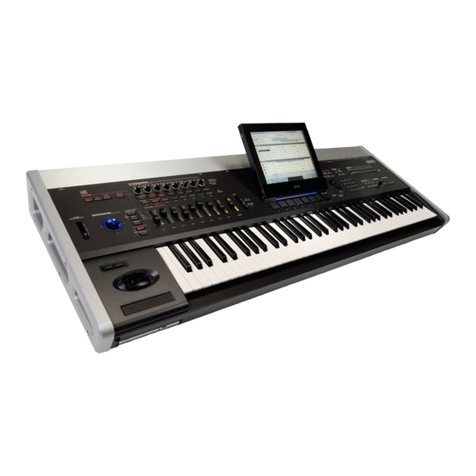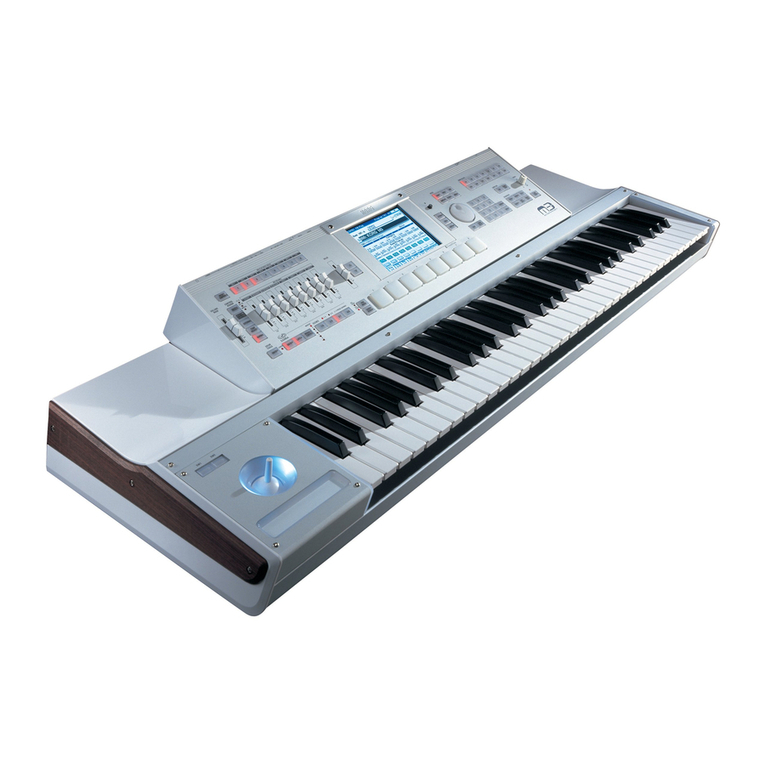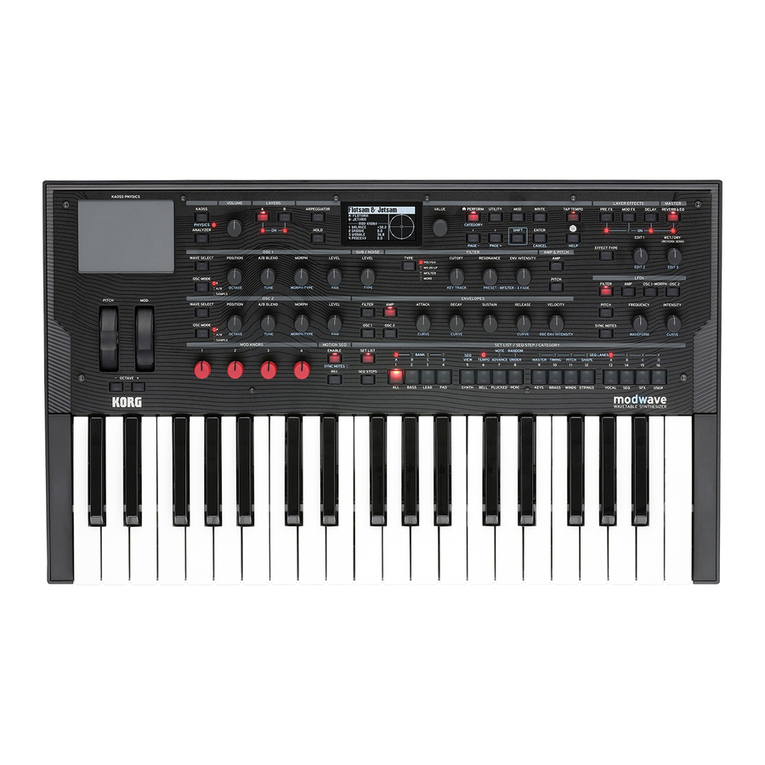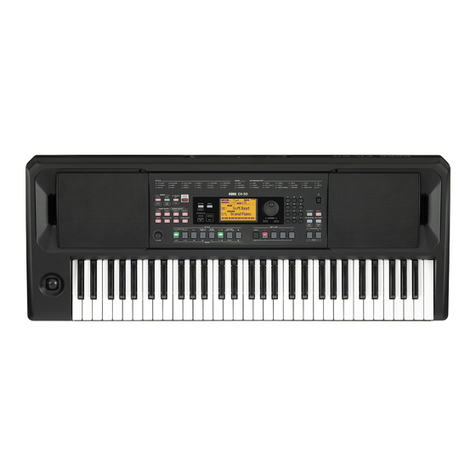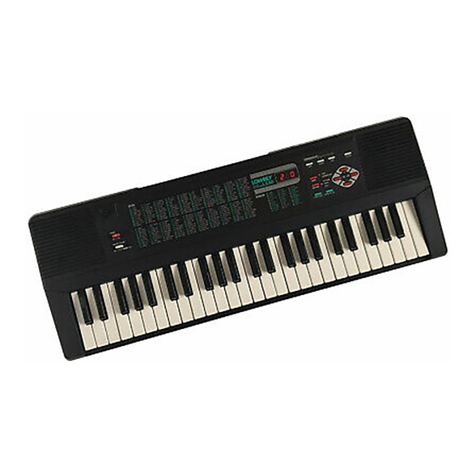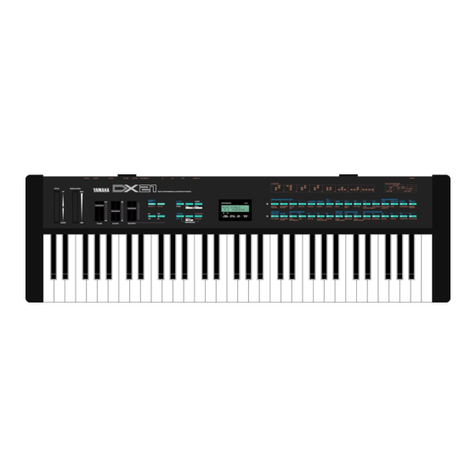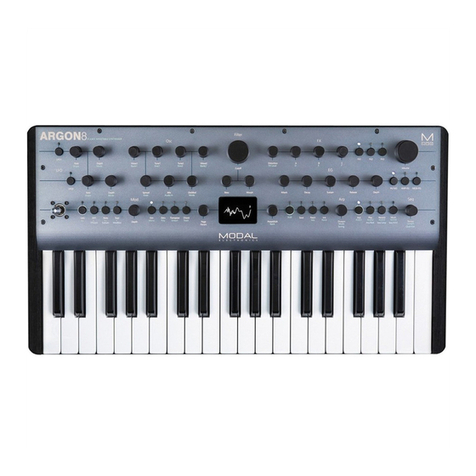FEATURES AND FUNCTIONS
•vcF(«E*Jffll^-r;i^-)
>>*•* -f iK— CD ft* i^'a —/KOWtf.*>l5-r^
D-y^Mfli. lil/l t'tDiiitf". VCO->VCF —
VCAcoWi-r/ffW •«* (fffi!. fife, frfc) 4-3
•*-„ *L?W4Sfc«*ftfcfirl* (&JI2) frvcor*
4-*'-*Hico -*' 3<7->- fci^ff&tt, ceo
VCF01JJ y h *? •-7V *>•>- (Fc) 4--x.>-<
"f-A.-Ci- i-f*T.VCFCi SfffceoafciRfc LtC
ff-urni) to.'hMv*-;- <reiffiftCj^< oS-tlBft
^-(Fc> 4-5!ft§tfiai:i'.ti^>ns0j
i/.-*r)(0'C'KSC-C^&vcFo#^*', *»>«?'*<:
Fig. 6it >>-fc *• -f -tf*-co VCFfr 'KiftcM ifc
i-r :«Mf. vcou/=>**9ttcDJKift un
mtut. vcocD*£&i**5t:fimi i-ro-r, •=*
Jfx^ni-r. *Lt. VCFliWOJ: ?c:, '£«
--» i•> .cto /KHco.vj, ?a.vcfco *?**7<
7H>i- (Fc) cflivr *biff*.
&c*t:. z®7bn0&m<o*i'ikKt£*>x^sm'ft
o»*&? »;u*ot, *.<** fclt&fc<DAta
fj ./a*' >; ttcoJfcrtltD *, <L/„•»*> tK-lft-T 4
g>X,&"<B -?-<,? V>c: J; oTMHMSfcMC Vf
s>^T\ —W$i: l.-«Jls nr* ifc c/i'4*»
Itr*. MflftC, ***jli :> n> •x***u-
*—(;£*#? h*7fflftfcftRH (**«&*, r
p—A-a&ft) a. /Jc|"|fr I-. h"c <lilsl*li*'t;
fc ufti^ttri-.
•VCF (Voltage Controlled Filter)
When you look at the block diagram of a
synthesizer, you will almost always see this
series: VCO *VCF -* VGA. These three
basic modules control the three elements
of sound: pitch, timbre, and volume.
The VCO generates awaveform (with a
certain tone color) of acertain pitch
(determined by its frequency).
By shaving off upper harmonic elements of
the waveform, the VCF adds roundness to
the sound.
Anumber of unique synthesizer effects are
created by automatically varying the cut-
off frequency in proportion to volume.
These volume changes are controlled by
the envelope signal. In other words, in this
so-called "expand" effect the envelope
control voltage varies the volume and cut-
off frequency at the same time.
Other VCF effects based on variation of
tone color arc "wow" and "growl". These
arc obtained by using amodulation genera-
tor output signal (the MG is also known as
an LFO or low frequency oscillator). This
cyclic control voltage signal is used to mod-
ulate the VCF. If the operation of the VCF
seems too abstract to you, think of it as a
kind of Watergate.
The VCO sends out asawtooth-shaped pul-
sating wave. (Of course this could also be a
square wave, triangle wave, and so on.) The
VCF is aWatergate with teeth on it like a
comb. You can see that when the saw-
tooth wave tries to get by the Watergate,
the top of the wave will be more or less
shaved off depending on the Watergate's
height; when the top is shaved off, it will
be more rounded. In other words, the
height of the Watergate corresponds to the
cut-off frequency (Fc) of the VCF.
As the wave goes through the teeth of the
Watergate, aresonance is created at the
cut-off frequency because of the interac-
tion between the teeth and the points cre-
ated on the top of the wave as parts of it
are shaved off. The longer the teeth, the
stronger the resonance. In other words, the
length of the teeth corresponds to the
PEAK function of the VHF.
To understand the expand effect, think of
the Watergate being temporarily raised and
lowered as the volume goes up and down.
With cut-off frequency modulation (FcM),
the Watergate is repeatedly raised and low-
ered in proportion to the cyclic low-
frequency signal from the MG (modulation
generator) section. (This gives "wow" and
"growl" effects.)
fig. 6Watergate theory of VCF operation.
(*m*VCF £#*.*)
